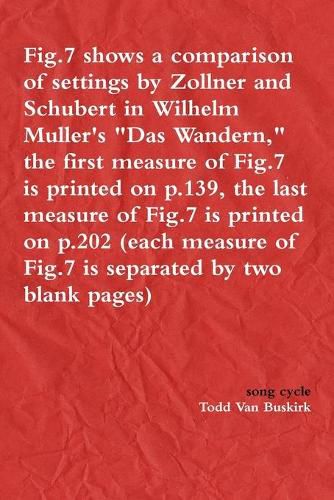Readings Newsletter
Become a Readings Member to make your shopping experience even easier.
Sign in or sign up for free!
You’re not far away from qualifying for FREE standard shipping within Australia
You’ve qualified for FREE standard shipping within Australia
The cart is loading…






This title is printed to order. This book may have been self-published. If so, we cannot guarantee the quality of the content. In the main most books will have gone through the editing process however some may not. We therefore suggest that you be aware of this before ordering this book. If in doubt check either the author or publisher’s details as we are unable to accept any returns unless they are faulty. Please contact us if you have any questions.
In a 1793 text called On the Sublime (Vom Erhabenen), Schiller argues that the mathematical sublime ought to be labeled the theoretical sublime. Most contemporary theorists feel uncomfortable about ascribing significance to inaudible relationships to music; we tend to assume that there should be some meaningful relationship between analysis and auditory experience. Now consider that any entity in a music system is a "thought-object." A music object cannot sound or be heard unless it is somehow converted into a thought-object. In order to generate a particular music object usually several thought-objects have to interact and finally undergo a synthesis process. The music domain is made of many different classes whose objects finally influence the performance. As a first approach, our music model distinguishes the following classes: Instrument, Generator, Note and Score. It is important to note that Van Buskirk's music model is object-oriented and not "event-oriented."
$9.00 standard shipping within Australia
FREE standard shipping within Australia for orders over $100.00
Express & International shipping calculated at checkout
This title is printed to order. This book may have been self-published. If so, we cannot guarantee the quality of the content. In the main most books will have gone through the editing process however some may not. We therefore suggest that you be aware of this before ordering this book. If in doubt check either the author or publisher’s details as we are unable to accept any returns unless they are faulty. Please contact us if you have any questions.
In a 1793 text called On the Sublime (Vom Erhabenen), Schiller argues that the mathematical sublime ought to be labeled the theoretical sublime. Most contemporary theorists feel uncomfortable about ascribing significance to inaudible relationships to music; we tend to assume that there should be some meaningful relationship between analysis and auditory experience. Now consider that any entity in a music system is a "thought-object." A music object cannot sound or be heard unless it is somehow converted into a thought-object. In order to generate a particular music object usually several thought-objects have to interact and finally undergo a synthesis process. The music domain is made of many different classes whose objects finally influence the performance. As a first approach, our music model distinguishes the following classes: Instrument, Generator, Note and Score. It is important to note that Van Buskirk's music model is object-oriented and not "event-oriented."